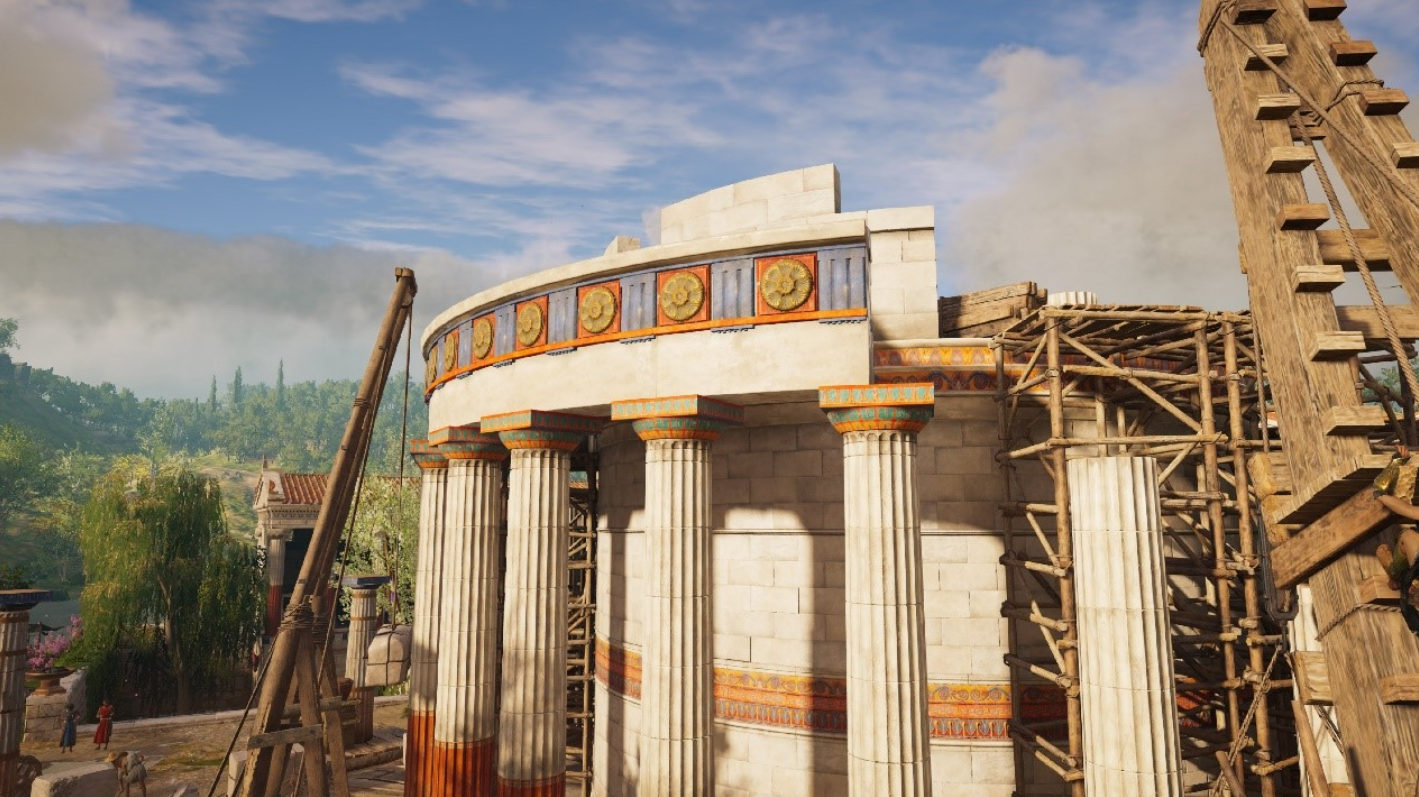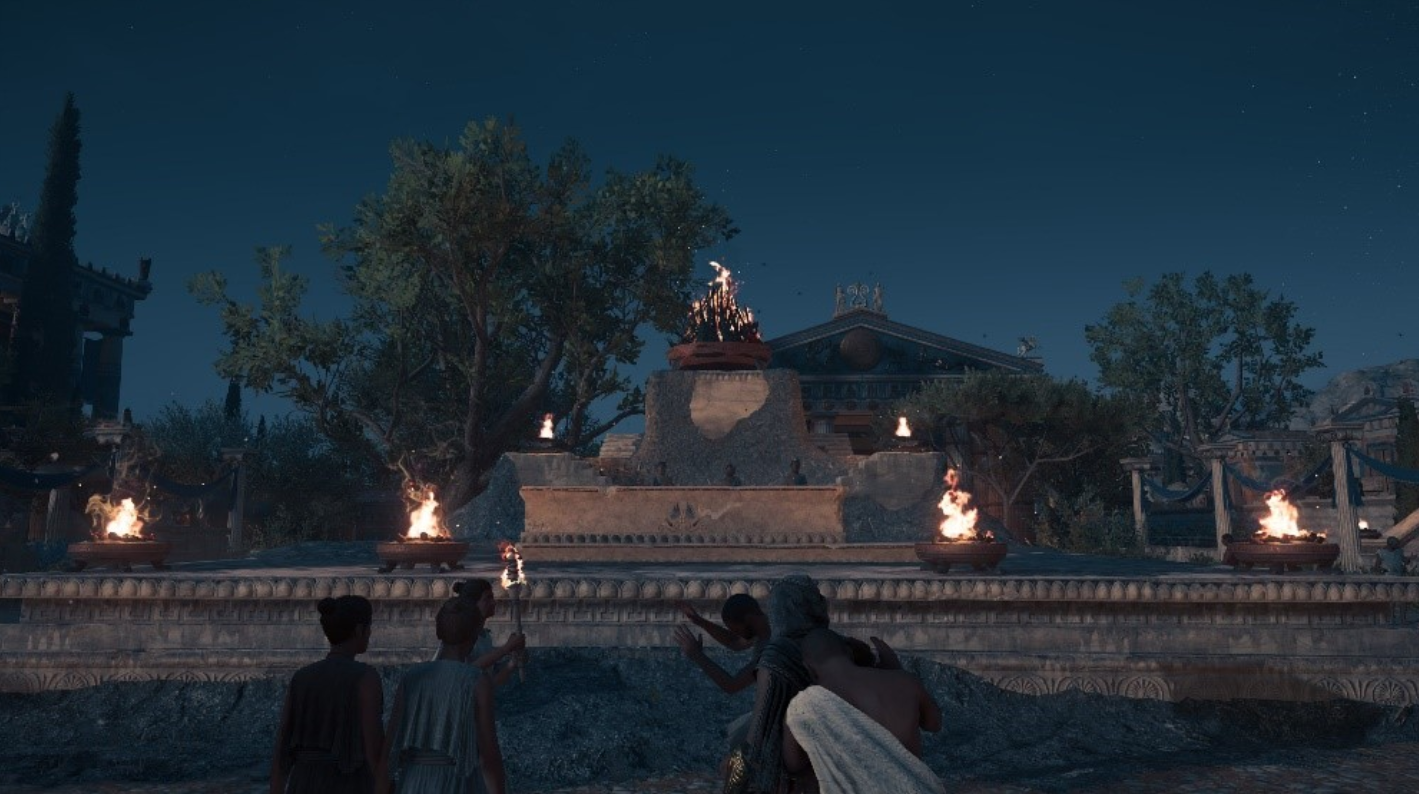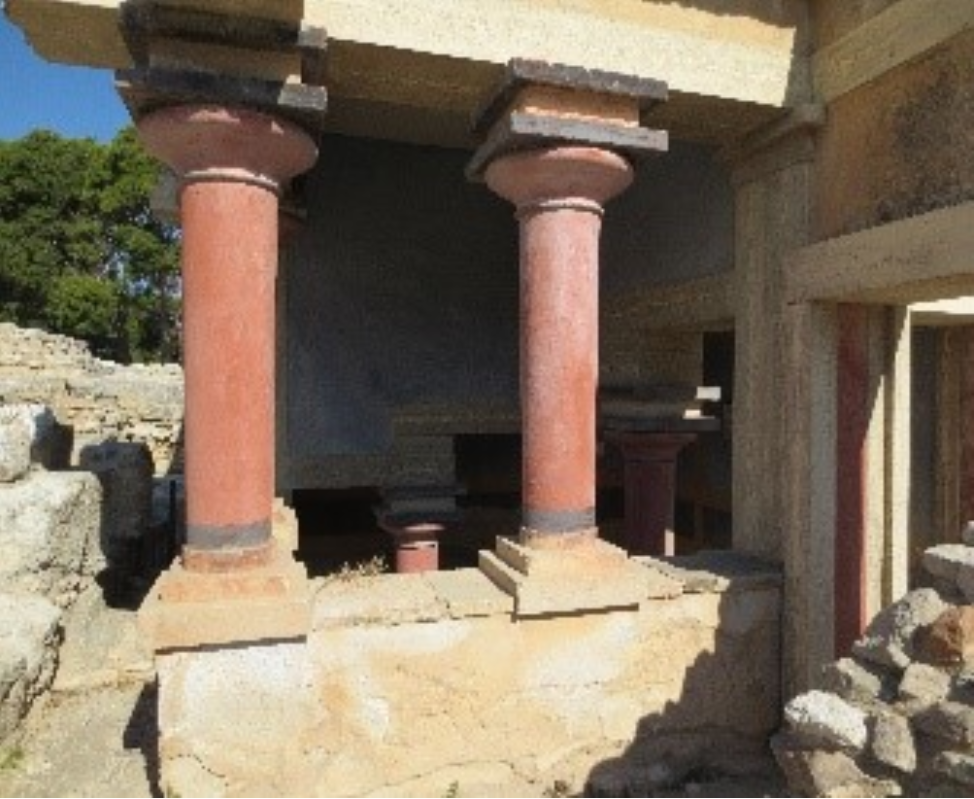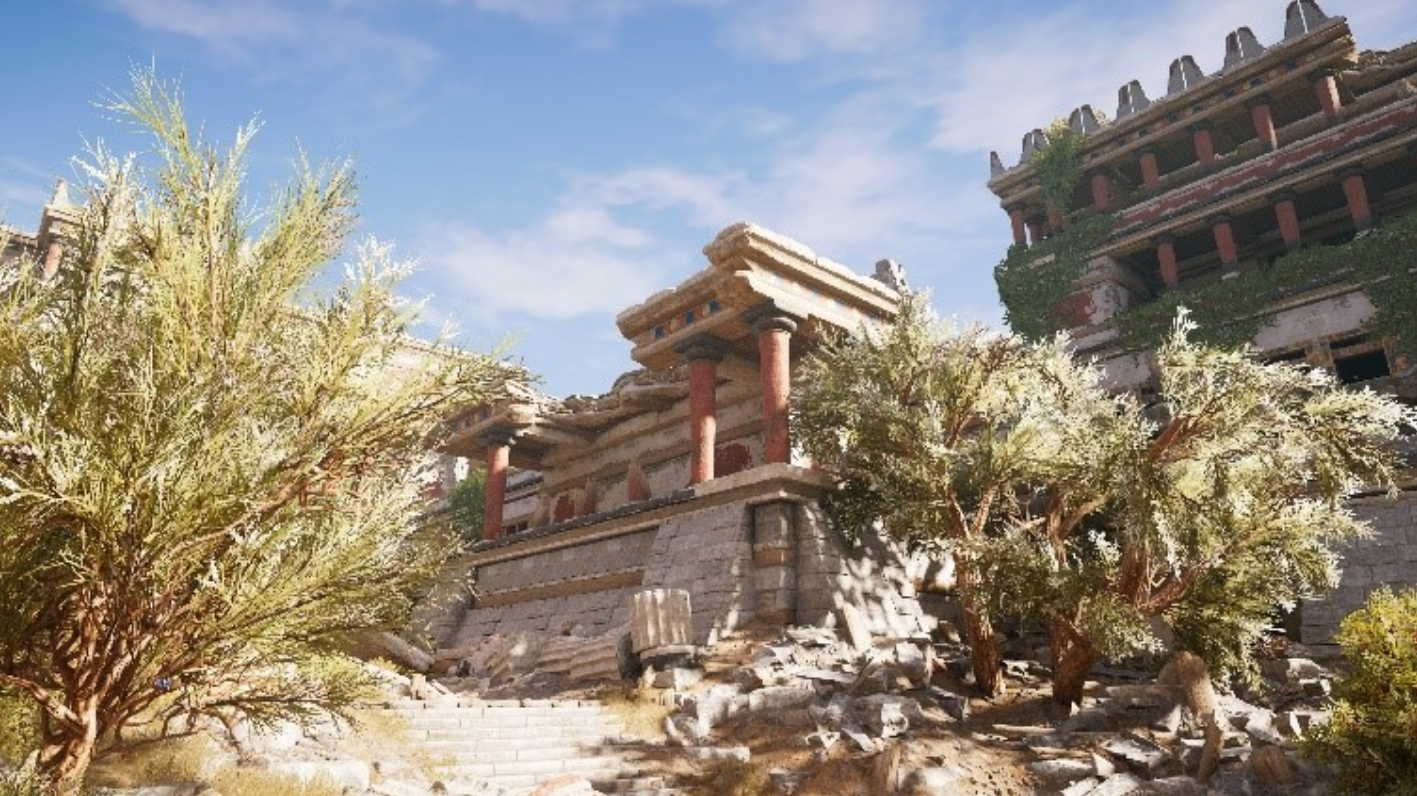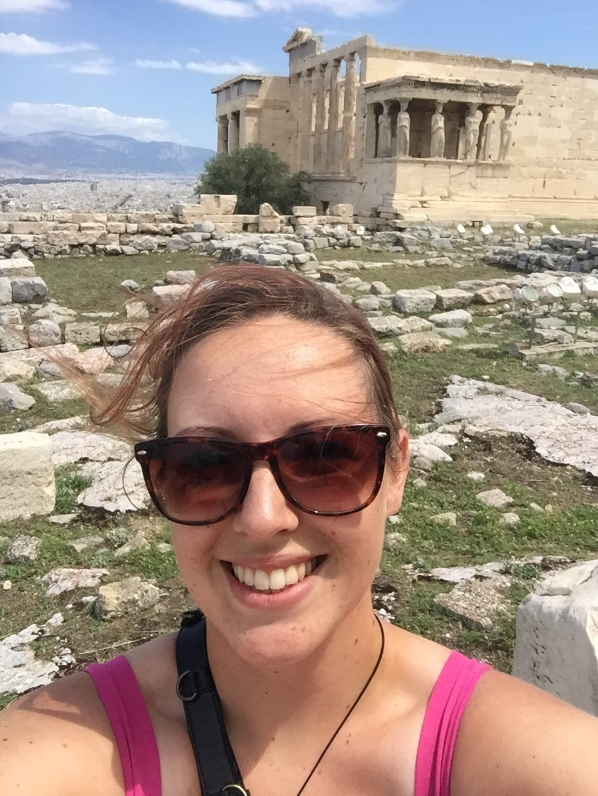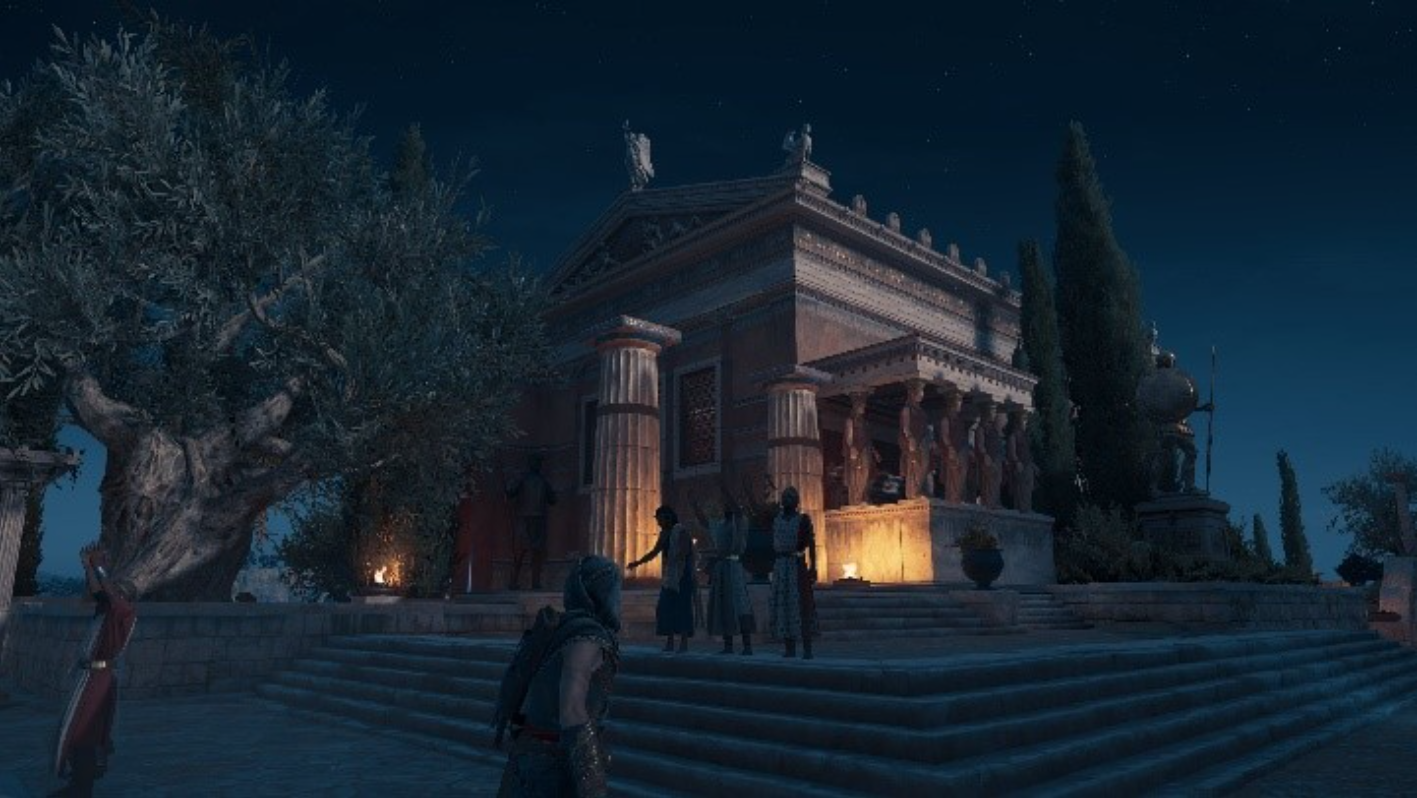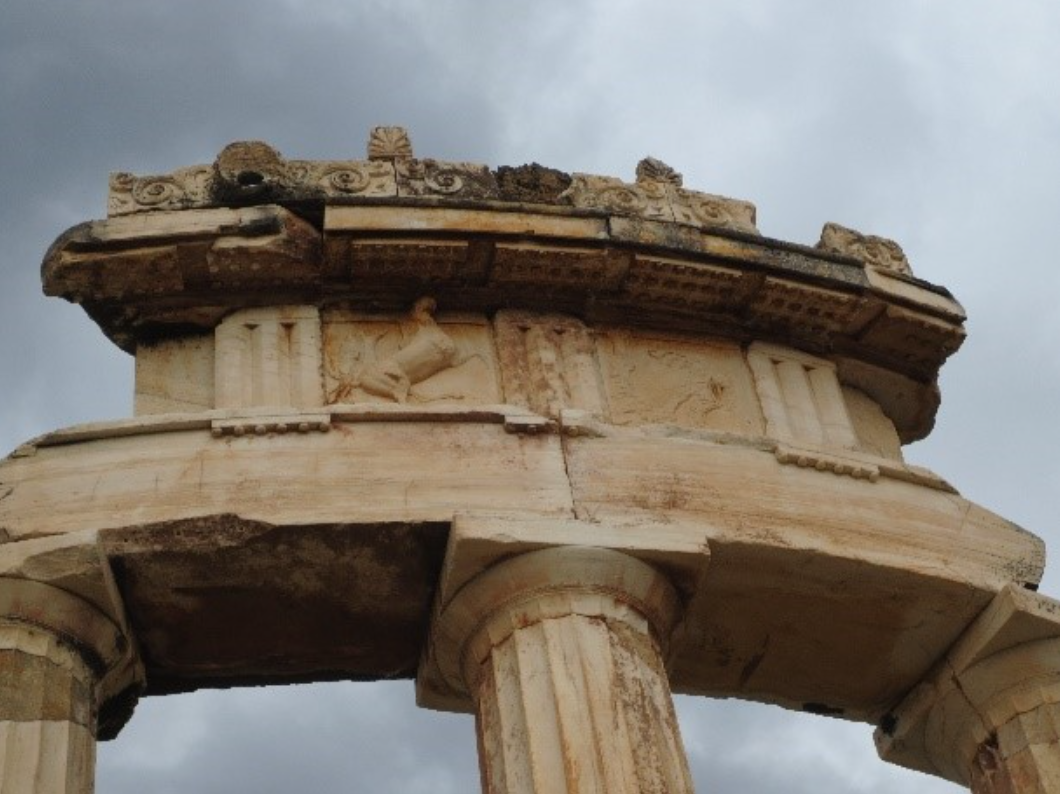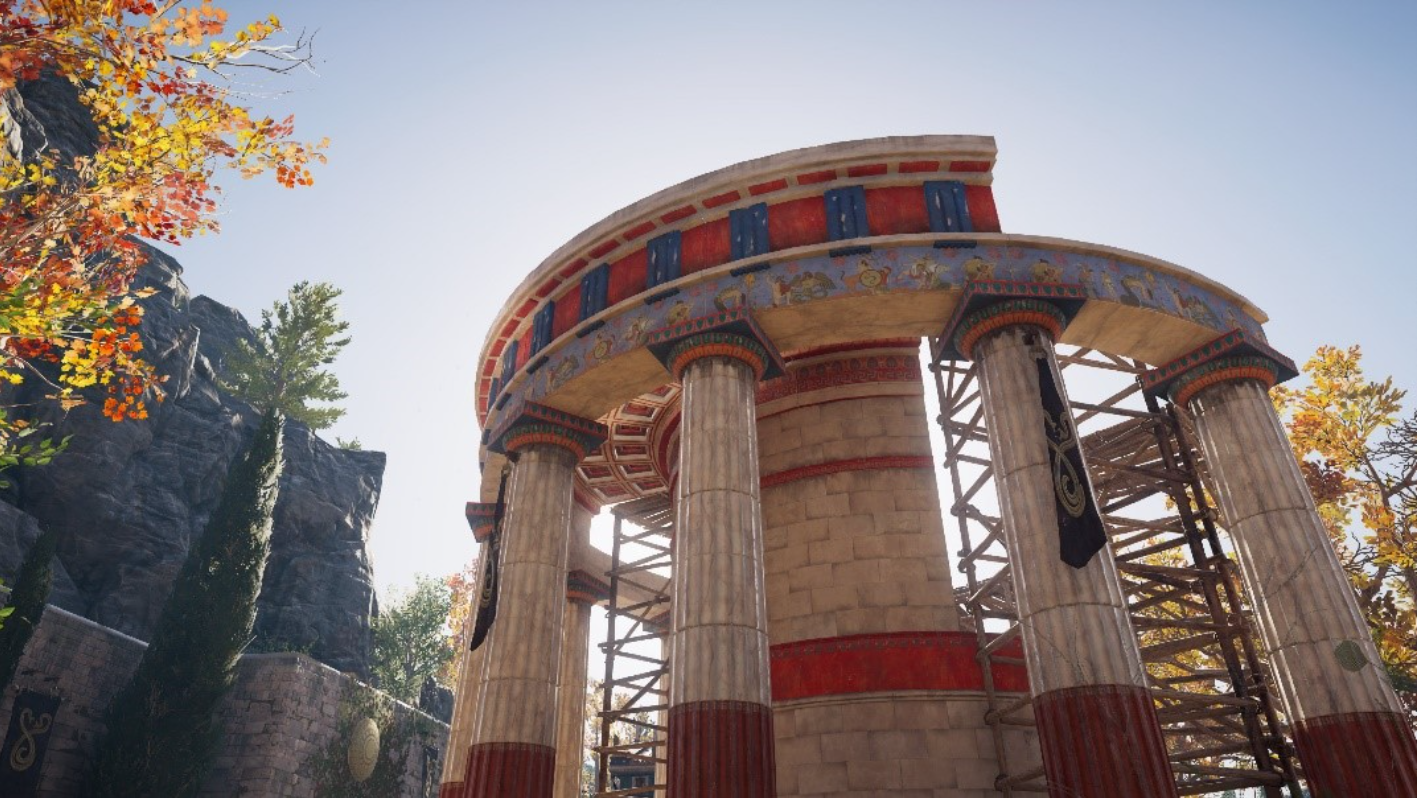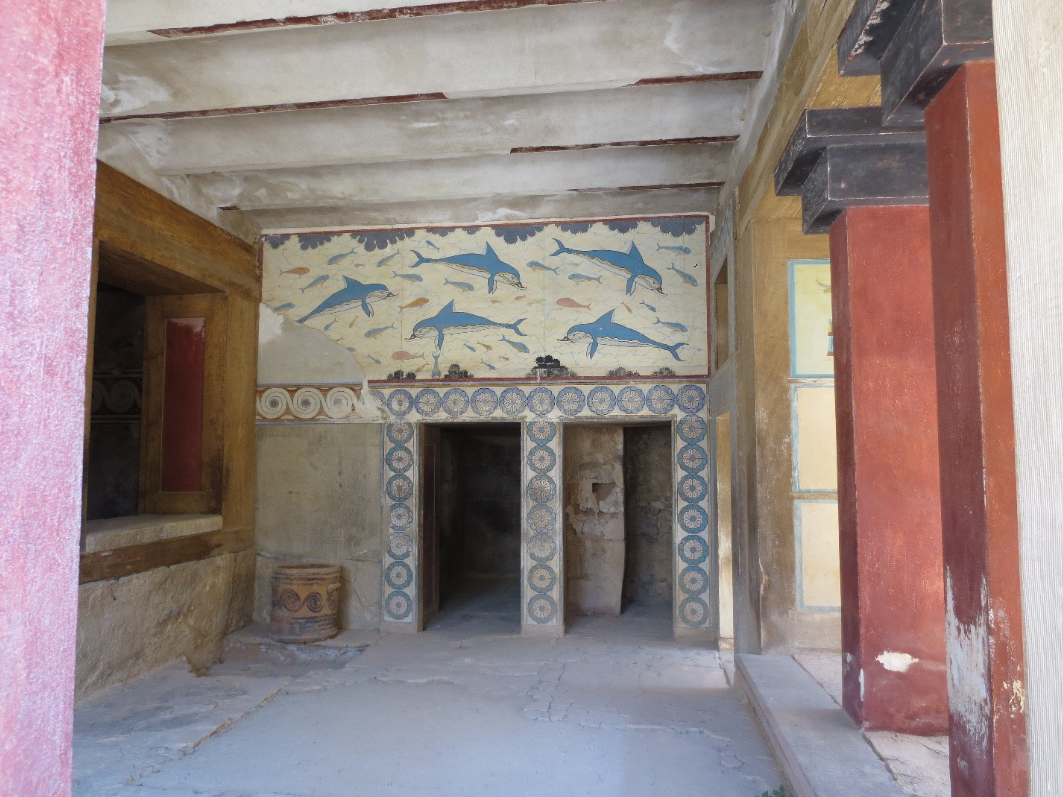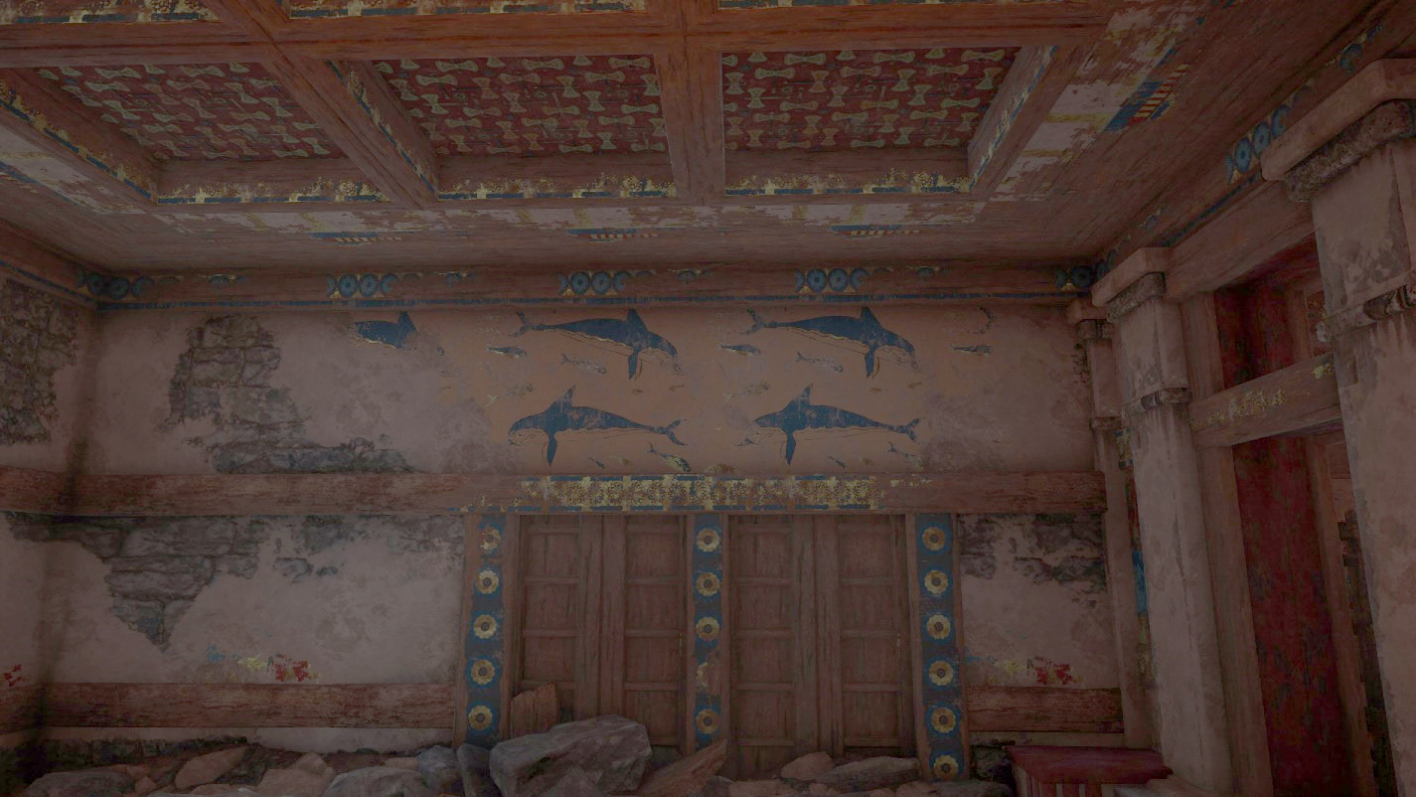Assassin’s Creed: Odyssey: A Walk Through the Past
Tarryn Andrews
Jan 28, 2022
5 min read
Updated: Feb 13, 2022
Assassin’s Creed Odyssey (ACO) has undoubtedly captured the attention of gamers and history enthusiasts alike. The gameplay immerses the player in a golden age of Greek history, or at least that of Athens, during the Peloponnesian War(s) fought between Athens and Sparta.
The historical accuracy, and the implications therein, of placing a first-person RPG in a real historical framework have been discussed in-depth in other media.[1] But, while the historical narrative has been thoroughly addressed, less attention has been paid toward the nuances of the architecture and design of these ancient structures.
Perhaps most intriguing about creating an accurate physical representation of this time-period, at least through the perspective of a Classics enthusiast, is that this is the only way one can ‘physically’ visit the past without the use of a time machine. Specific attributes of these buildings are digitally rendered with such a high degree of accuracy, it begs the question of was this really necessary or perhaps who would have noticed if this was left out. This becomes even more apparent when the player enters the virtual world through the Discovery Tour, experiencing the ancient past with a semi-guided tour of these ancient sites.
While it is true that, to the casual observer, much of this detail would remain unnoticed or be deemed as simply an interesting design choice, its very existence suggests a more substantial contribution to the study of ancient history.
Some noteworthy examples may serve to highlight why this accurate representation contributes to an overall understanding of these ancient spaces.
Thymele of Epidauros. In Assassin’s Creed: Odyssey, 2018. Screenshot by author.
From the Sanctuary of Asklepios at Epidauros, one of the more interesting buildings is the thymele (or tholos) – round building – located just southwest of the Temple to Asklepios. According to the archaeological record, the thymele was adorned with alternating triglyphs and metopes; with the metopes taking the form of a phiale (patera) – a shallow drinking vessel resembling, in this instance, a rosette.
Within the game, this alternating pattern is rendered identically to that of the extant ruins on the outside of the thymele. Also of note are the exterior Doric columns, interior Corinthian columns, and interior floor consisting of alternating rhomboidal blocks of white and black slabs. While the rendering is not 100% accurate to the historical record, enough attention has been paid to design detail to make one question why. Surely no one would notice that a dark blue strip running along the bottom-interior of the building was missing. But it is there.
Altar of Zeus at Olympia. In Assassin’s Creed: Odyssey, 2018. Screenshot by author.
A similar phenomenon, where specific design details are included which would go unnoticed to the general public, is found at Olympia. In this instance with example of the altar of Zeus – being comprised of both a physical altar and a mound of ashes within the game.
According to Pausanias (5.13.8-11), the altar was made of the ash of the thighs of the sacrificial victims with steps leading to the top. This is represented within the game play as well as detailed in the discovery tour mode. While on the surface this seems to be but an interesting bit of trivia, the gameplay and story would not have been impacted had the creators simply designed a stone altar.
In fact, given that there is no physical evidence of this altar extant at the site of Olympia, even those who had visited the archaeological site would have no tangible understanding of this ashen altar.
There are numerous other examples of architectural accuracy being represented in the game (which could be the study of a much longer examination), notably with the tholos at Delphi and the Erechtheion on the Acropolis of Athens. It becomes clear, upon a more thorough analysis, that the game creators expended a large amount of time and resources toward rendering 5th century Greece as historically accurate as possible, within reason of course.
Pillars at Knossos, Crete. Photo by author, 2017.
Minoan Palace of Knossos on Crete. In Assassin’s Creed: Odyssey, 2018. Screenshot by author.
This accuracy, in essence, provides a window into the past. A window through which one can enter into and explore in an almost physical way. In the Discovery Tour, players can choose first-person mode which even further immerses the player into the past.
This ‘physical’ exploration of these very real places serves as a learning tool for aspiring Classicists or those who have a simple desire to learn about ancient spaces. It can also, to an extent, work as a way for those unable to visit these archaeological sites in the real world to explore these monuments. This is especially true for places like Knossos (Crete) – though of further note here is the replication of Minoan artwork which is included in the palatial complexes players find on Crete. These have been rendered in such a way that they resemble the ruins as they exist today; that is, resembling the restoration produced by Arthur Evans in the early 1900s.
It could also be said that accessibility of the ancient world, through a popular video game, might contribute to a new generation of people interested in studying the Greco-Roman world as well as introducing a novel avenue with which to approach teaching the subject.
After all, who wouldn’t want to walk in time alongside historical legends like Leonidas and Herodotus?
Some comparison images from Assassin’s Creed: Odyssey and their real-life locations:
Erechtheion in Athens. Photo by author, 2017.
Erechtheion in Athens. In Assassin’s Creed: Odyssey, 2018. Screenshot by author.
Tholos at Delphi, triglyphs and metopes. Photo by author, 2017.
Tholos at Delphi, triglyphs and metopes. In Assassin’s Creed: Odyssey, 2018. Screenshot by author.
‘Dolphin Fresco’ in the Queen’s Megaron, Knossos, Crete. Photo by author, 2017.
‘Dolphin Fresco’, Knossos, Crete. In Assassin’s Creed: Odyssey, 2018. Screenshot by author.
[1] See (Politopoulos, et al. 2019) as one example. It has also been the subject of the University of Oxford’s Faculty of Classics YouTube channel; wherein various Classical Studies scholars play through the game whilst commenting on historical facts versus the accuracy of the game.
Sources and further reading:
Andrews, Tarryn. 2018. "Greek Tholoi of the Classical and Hellenistic Periods: An Examination." Thesis. Kingston: QSpace, September. http://hdl.handle.net/1974/24810.
Burford, Alison. 1969. The Greek Temple Builders at Epidauros: A Social and Economic Study of Building in the Asklepain Sanctuary. Liverpool: Liverpool University Press.
Charbonneaux, J., R. Martin, and F. Villard. 1972. Classical Greek Art 480-330 BC. London: Thames and Hudson.
Goette, H. R. 2001. Athens, Attica, and the Megarid. London: Routledge.
Mikalson, Jon D. 2010. Ancient Greek Religion. Massachusetts: Blackwell Publishing.
Ogden, Daniel, ed. 2010. A Companion to Greek Religion. Massachusetts: Blackwell .
Politopoulos, A., A. Mol, K. Boom, and C. Ariese. 2019. "History is Our Playground: Action and Authenticity in Assassin's Creed: Odyssey." Advances in Archaeological Practice 7 (3): 317-323. doi:doi:10.1017/aap.2019.30.


